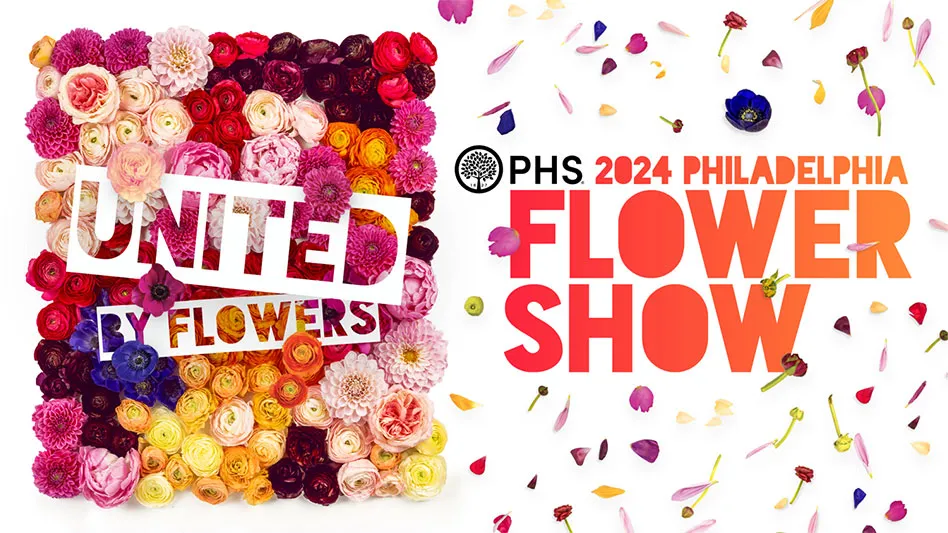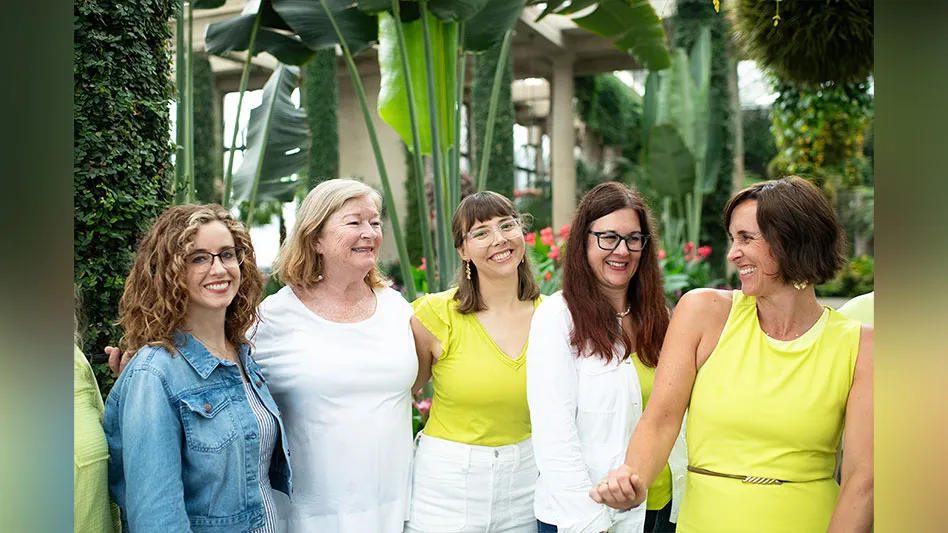|
 Japanese maples have been propagated and collected in Japan since ancient times. They are a staple of North American gardens, especially in the Pacific Northwest. Landscape designers routinely spec them in designs due to their undemanding nature, varying seasonal colors, different leaf shapes, pleasing textures and winter ‘bones’ structures. Japanese maples have been propagated and collected in Japan since ancient times. They are a staple of North American gardens, especially in the Pacific Northwest. Landscape designers routinely spec them in designs due to their undemanding nature, varying seasonal colors, different leaf shapes, pleasing textures and winter ‘bones’ structures.
Maples can be used creatively as bonsai, in patio containers or as garden-sized landscape specimens. Japanese maples graciously serve as understory trees for taller background trees, conifers or as border anchors. James T. Sahlstrom, landscape architect from Salem, Ore., has specific favorite maples for landscape projects. Sahlstrom prefers Acer palmatum matsumurae ‘Butterfly’ for its beautiful very narrow variegated green and yellow leaves. “‘Butterfly’ is great for those tight areas that you want an upright maple, but don’t want to use the common Acer circinatum ‘Vine Maple,’” he said. Before helping your customer in selecting her next tree, consider the following elements:
Design considerations
Try to match the customer’s desire for seasonal color, final size, texture and foliage. Select a maple that naturally takes shape that fits the space. This keeps pruning to a minimum and results in a happier client with virtually maintenance-free trees.
Selective shaping and thoughtful pruning is best done after leaf fall so the ‘bones’ are exposed and structure can be maximized for presentation purposes.
Japanese conifers that are suitable partners for maples include Pinus parviflora, Chamaecyparis obtusa, and Cryptomeria japonica.
Maples co-mingle well with acid-loving smaller growing rhododendrons, azaleas, shrubs, perennials and bulbs.
Graceful canopies
Japanese maples come in lacey leaf dissectum forms or pointed palmatum leaf structures. Either upright or weeping, they are adaptable to many landscape interpretations including Asian-inspired designs.
“Acer palmatum ‘Katsura’ with beautiful color and arching growth makes a beautiful plant to hide something or to sit under and enjoy other plants,” Sahlstrom said. “And yes, there is still a place for Acer palmatum ‘Bloodgood.’ I use it sometimes for its color, sometimes just to look through or hide behind. I have seven Japanese maple varieties around my own home—and I love them all.”
Selecting maples by season and usage
When recommending Japenese maple varieties, it helps to quiz customers about the traits they’re looking for.
 Acer palmatum 'Peaches and Cream'Spring Color Acer palmatum 'Peaches and Cream'Spring Color
Acer dissectum ‘Inaba shidare’ – Red
Semi-weeping, mounding 6’ tree in the landscape or can be used in a mixed container to 4’ tall. Large, deep ruby red serrated leaves can take heat and humidity well and retain the deep color throughout the growing season.
Acer dissectum ‘Orangeola’ – Red.
Wide and cascading 6’- 8’ tall lace leaf landscape tree with bright orange-red color in spring. Leaves switch to a rich red-green in summer and then burst into fiery orange-red in fall. Heavy shade encourages a deep green cast to the leaves.
Acer palmatum ‘Peaches and Cream’ – Variegated.
Delicate upright 8’ landscape tree or 5’ in a container. Pastel pink serrated, waxy leaves are edged in pink with deep green veins. Prefer protection from the hot summer sun.
Acer palmatum ‘Shaina’ – Red.
Compact, upright and rounded 6’-8’ landscape tree maintains a 3’ height in containers. Bright, clear red leaves in spring turn crimson in fall. Prefers protection from late frosts.
Summer Beauty
Acer palmatum linearilobum ‘Beni otake’ – Red.
Bamboo-like appearance and over 9’ tall or 6’ in containers. Long and narrow, deep purple lobed leaves in summer create a vivid crimson display in fall.
Acer palmatum ‘Emperor One’ – Red.
Vigorous and reliable 15’ upright landscape maples which can get to 9’ in containers. Deep red color is maintained even in shady areas and hot, humid conditions. Considered to be a new and improved version of Acer palmatum ‘Bloodgood’.
 Acer palmatum "Kandy Kitchen'Fall Show Stopper Acer palmatum "Kandy Kitchen'Fall Show Stopper
Acer palmatum ‘Kandy Kitchen’ – Red.
Dwarf, compact rounded 6’ almost shrub-like tree. If shaded, the leaves become a bronze-green. Bright, scarlet-red fall color.
Acer palmatum amoenum ‘Osakazuki’ – Green.
Round topped, upright 6’ landscape tree. Bold bronze-green leaves featuring red tips which burst into a vivid crimson-red display in fall.
Acer dissectum ‘Red Dragon’ – Red.
Well-branched cascading 5’ landscape tree or 3’ in containers is a slower grower than most lace leaf maples. Bright red leaves hold their color well, but require protection during hottest part of the day to maintain best color.
Acer palmatum linearilobum ‘Red Pygmy’ – Red.
Broad, round topped 7’ landscape tree stays comfortably 3’ height in containers. Thread-like maroon foliage turns a brilliant yellow-gold in fall.
Winter Spectacle
Acer palmatum ‘Beni kawa’ – Green.
A columnar upright 9’ specimen with salmon red winter bark. Fresh green leaves with red-tinged edges are followed by golden yellow. It comes into leaf after Acer palmatum ‘Sango kaku’ and is slower growing.
Acer palmatum ‘Sango kaku’ – Green.
A columnar upright 18’ specimen up to 8’ in containers. Brightly colored red shoots and branches for winter interest. Brilliant green spring and summer leaves reveal a brilliant gold color display in the fall.
The author is the marketing coordinator for Kraemer’s Nursery in Mt. Angel, Ore.
|

 Japanese maples have been propagated and collected in Japan since ancient times. They are a staple of North American gardens, especially in the Pacific Northwest. Landscape designers routinely spec them in designs due to their undemanding nature, varying seasonal colors, different leaf shapes, pleasing textures and winter ‘bones’ structures.
Japanese maples have been propagated and collected in Japan since ancient times. They are a staple of North American gardens, especially in the Pacific Northwest. Landscape designers routinely spec them in designs due to their undemanding nature, varying seasonal colors, different leaf shapes, pleasing textures and winter ‘bones’ structures. 






